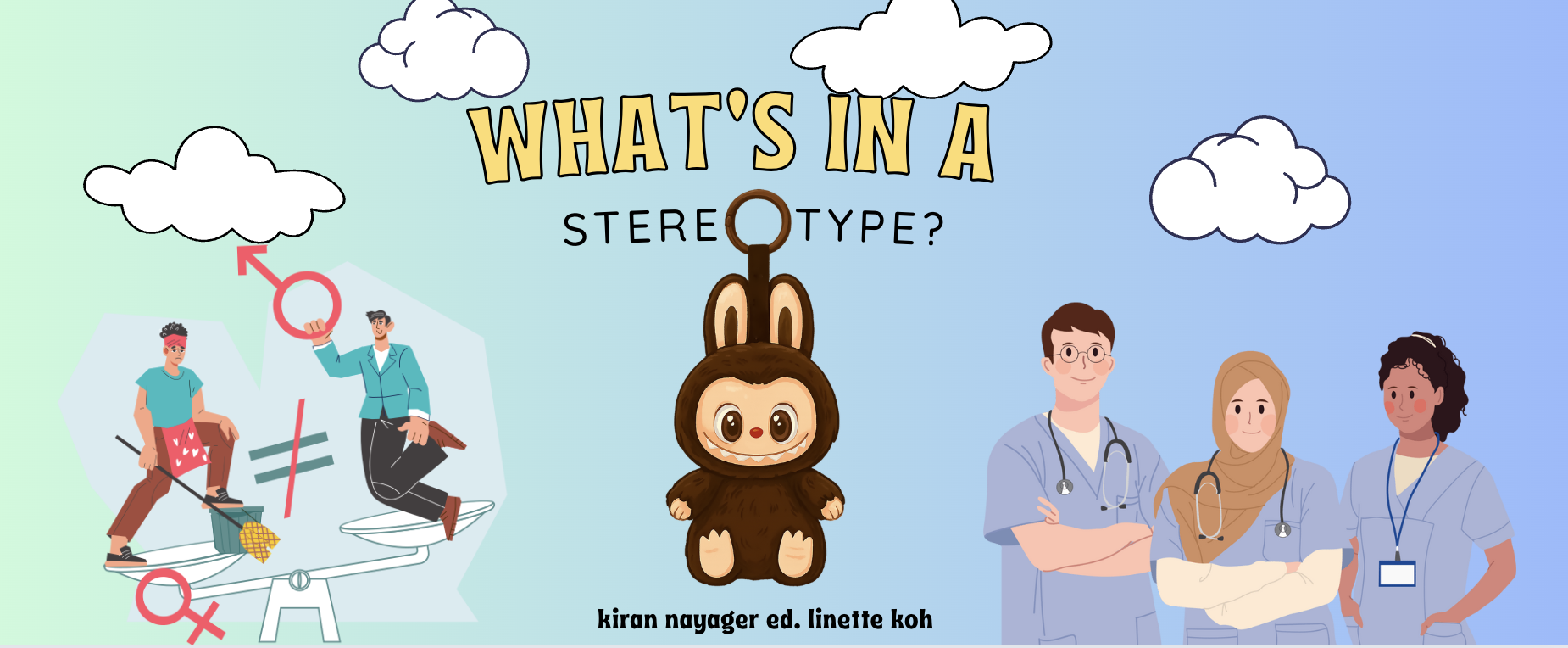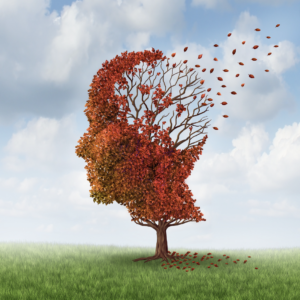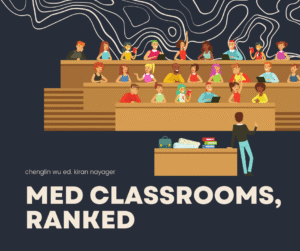
by Kiran Nayager | ed. Linette Koh
Are you a matcha/Heytea/Molly-tea-loving, Anki-addicted tutor? Do you like Pop Mart merchandise and studying at the gym? If you answered yes to any of these, my guess would be that you are a UNSW medicine student.
Whether it be about gender, race, sexuality or any other human characteristic, we have more likely than not stereotyped someone else, been stereotyped ourselves and had aspects of our individuality overlooked due to a stereotype.
Stereotypes are generalised beliefs about a particular group of people’s traits, characteristics and behaviours. These beliefs are attributed to all individuals of the group, regardless of individual differences and nuances – a positive, negative or seemingly neutral categorisation. Stereotypes are among the most persistent, and often damaging, features of human interaction. They are mental shortcuts that help us make sense of the vast array of people and groups we encounter, yet in doing so they often oversimplify identities, produce bias, and reinforce inequality.
The term ‘stereotype’ derives from the combination of the Greek words stereos (firm/solid) and typos (impression), first used in French to refer to a photocopier device. Its meaning evolved to describe an image perpetuated without change and then finally to its modern sense, whereby its use was popularised by the rise of journalism in the early 20th century.
While some stereotypes may appear flattering, they remain problematic as they pigeonhole people into rigid categories, diminish individuality, and ignore reality’s complexity. You may despise Molly Tea (much to my sadness), just as a nurturing father may provide as much care as a mother. But if everyone is unique, how do stereotypes form?
Psychologists attribute its development to the tendency of our brain to categorise and simplify information. When encountering new people, our brain applies pre-existing mental categories based on visible cues, such as physical appearance and basic traits rather than assessing each as a unique individual. This is thought to help simplify the complexities of new information involved when meeting a different person, enabling the formation of quick judgements. As this social information is passed on from person to person, these categories evolve into stereotypes, overgeneralising people into fixed groups. From a young age, individuals absorb stereotypes through family, education, peers, and media. Children may hear adults making sweeping comments about groups, and these comments become mental frameworks for future judgments. Media representations and prejudiced historical narratives can also further perpetuate stereotypes.
However, the main feature of stereotypes is their rigidity – we tend to cling to them even when presented with contradictory evidence and examples. This is attributed to confirmation bias – the seeking out and selective recollection of information that confirms beliefs we already hold, while avoiding or ignoring information that disconfirms these beliefs. The perpetual nature of stereotypes exacerbates its profound psychological effects on individuals who internalise negative stereotypes about a group or community they belong to – referred to as stereotype threat.
While they can sometimes be helpful or neutral in social settings, stereotypes are particularly important to notice and avoid in medical practice as they can influence how medical professionals interpret symptoms. For example, minority groups and lower income individuals often receive lesser quality care, partly due to the stereotype of being less responsible or likely to misuse medication. Such stereotypes interfere with patient–doctor communication, damaging trust, limiting patient autonomy and contributing to systemic health disparities. Health outcomes can also be shaped by stereotypes in society, evidenced in men avoiding mental healthcare due to stereotypes that equate masculinity with emotional invulnerability. Women may also be less likely to seek healthcare due to the gender stereotype of overexaggeration of symptoms.
Though it is eventually inevitable to stereotype another person, what remains important is the recognition of the stereotyping and reminder that each person is a unique combination of characteristics, traits and behaviours.













































































































